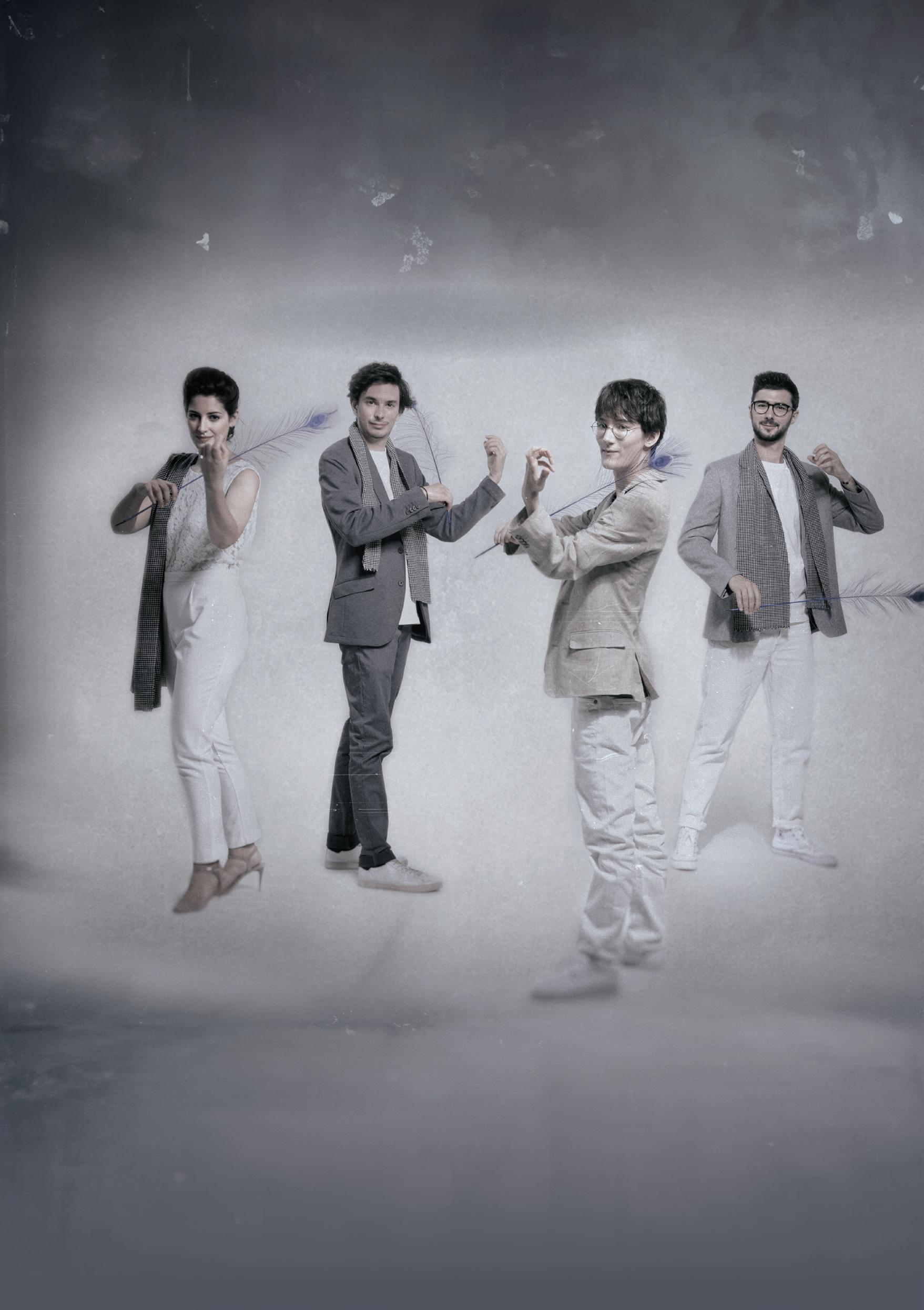QUATUOR HANSON

The Quatuor Hanson was founded in 2013 in Paris. Since then, the four musicians have devoted their efforts to exploring the enormously rich repertoire composed for string quartets and to realising the fundamental and inexhaustible possibilities, both musical and personal, offered by this musical formation.
The Quatuor Hanson recorded their first album in 2019 with the label Aparté, a double CD devoted to the music of Joseph Haydn. This composer, the cornerstone of the string quartet repertoire, has been a constant companion and guide since their debut. The inventivity of his music is a constantly renewed source of inspiration. The double CD takes the form of an eclectic portrait to illustrate Haydn's modernity and the diversity of his music for string quartets. This first recording received several major awards, including a Diapason d'Or of the Year, Choc de Classica, and Qobuzissime Award, and was highly acclaimed by international musical
2
Anton Hanson, violin | Jules Dussap, violin Gabrielle Lafait, viola | Simon Dechambre, cello
press, including The Strad, Ongaku Geijutsu, The Classic Review, etc. The Quatuor Hanson doesn't limit itself when it comes to repertoire. They have as much passion for Haydn's string quartets as for newer compositions for the same ensemble.
Not All Cat Are Grey, their second opus explores nocturnal music from the 20th century. This album, praised by the critics, is in total contrast with the classical period and confirms the eclecticism of the ensemble. It defends the idea that so-called contemporary music is extremely diverse, full of contrasts, and deserves to be discovered and heard without à priori.
The Quatuor Hanson also recorded a live performance of George Crumb's electric Black Angels with B Records which was released in 2022. This project was awarded BBC Choice and one of the best contemporary recordings of the year by the Schallplattenkritik.
The Quatet has forged a distinct musical identity embracing a wide spectrum of musical horizons and has worked with internationally recognised figures such as Hatto Beyerle and Johannes Meissl as well as with representative Quartets of the French school of chamber music such as Ébène and Ysaÿe. The Quatuor Hanson is also passionately engaged with contemporary composers such as Toshio Hosokawa, Wolfgang Rihm, and Matthias Pintscher, whose Figura IV they interpreted for the French Premiere at the Ircam Festival. The Quartet tries to bring together composers of differing periods in their concert programmes so as to illuminate the individual works in a new and unexpected manner thanks to the contrast of selected compositions.
The Quatuor Hanson has gained a number of international awards, at the Geneva Competition, the Joseph Haydn Competition in Vienna, and the Lyon Chamber Music Competition. They are supported by the SingerPolignac Foundation where they are actually in residence, by the Corde Sensible Foundation (French Foundation), and they are laureates of the Banque Populaire.
The Quartet performs in prestigious venues such as the Theatre des Champs Elysées, the Louvre Auditorium, the Wigmore Hall in London, the Philharmonie de Paris, the Victoria Hall in Geneva, the ORF Kulturhaus in Vienna, and they regularly perform in Asia. The enriching experience of exchange with various artists is a primordial aspect of their activity and they regularly appear with widely renowned musicians.
3
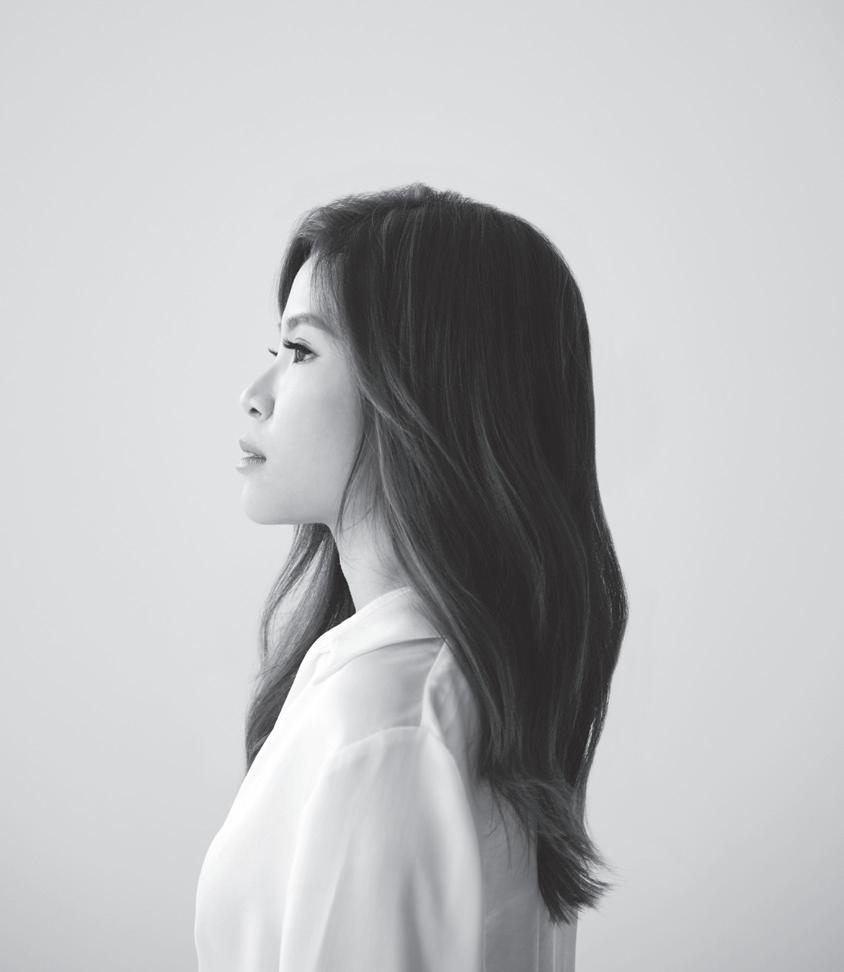
'Music in Words' with Quatuor Hanson
8 MAR 2024 | FRI | 7PM
Rehearsal Room, Run Run Shaw Tower, HKU
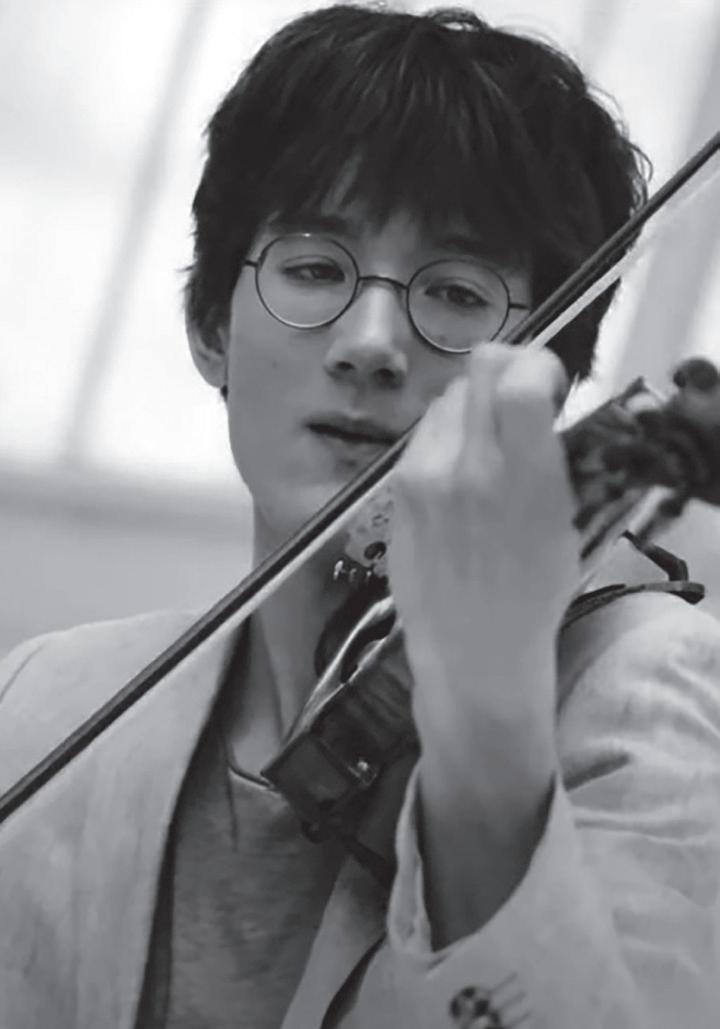
Speaker: Anton Hanson
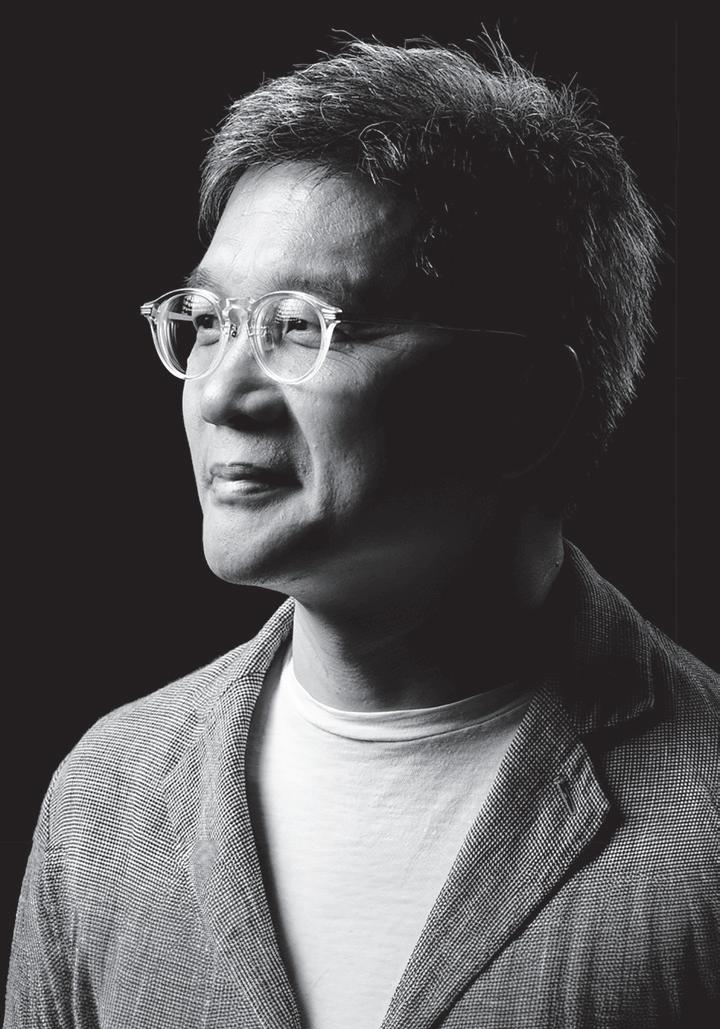
Moderator: Prof. Chan Hing-yan
First Violin Department of Music, HKU
Founded by four like-minded graduates from the Conservatoire of Paris in 2013, French stella nova Quatuor Hanson devotes its efforts to exploring the vast treasures of the quartet repertoire. The Quartet has garnered acclaim for their research-informed interpretations on repertoires of various styles. In this 'Music in Words' dialogue, Anton Hanson, first violin of the Quartet shares their thriving music journey with Prof. Chan Hing-yan, and offer insights into the programme of their Hong Kong Debut.
5
JOSEPH HAYDN (1732-1809)
String Quartet in B minor, Op. 64, No. 2
The musical transition from Baroque to Classicism in the 18th century took many forms. One of the most consequential was the replacement of the continuo texture of trio sonatas by the four-part texture of string quartets. The most prominent figure in this process of replacement was perhaps Joseph Haydn, whom many consider the founder of string quartets.
In 1790, when he was 58, Haydn composed a set of six string quartets that were later known collectively as Op. 64. Middle-aged, he had already composed several dozens of well-received quartets, and he knew the genre was no longer new to himself or his patrons. But the new set had a biographical significance—it symbolised his imminent career crisis, which turned out to be a blessing in disguise.
In 1790, Haydn's employer and key patron of three decades, the aristocratic family of Esterházy, had a new successor with little interest in music. Although not officially fired, Haydn was left on the job with nothing to do. Boredom proved to be hard to endure. A timely invitation arrived from England later that year, commissioning him to compose and conduct six new symphonies in London. He accepted the offer and took off for London, where he would be enthusiastically received by King George III and lionized by the public. Haydn's fame and fortune would be brought to a new height.
Op. 64 was a time capsule. It marked the end of an era, and it showcased Haydn's latest style before it evolved further in England. In England, he would be composing more frequently in a brilliant style for a much larger audience, instead of an intimate style for a smaller court. The influential 20 th century musicologist H. C. Robbins Landon simply called Op. 64 "flawless masterpieces" and "Haydn's single greatest achievement of the period".
The present Quartet is in B minor, a somewhat restless key that Haydn used only occasionally. Throughout the piece, minor tonalities alternate with major tonalities repeatedly, as if the two are engaging in a struggle for an ultimate triumph. The opening movement starts with a witty unaccompanied melody that creates a deceptive impression of D major,
6
PROGRAMME NOTES
before the B minor tonality asserts itself bluntly when the remaining instruments join in. The key of D major attempts to regain prominence, armed with ostinato bass lines and counter melodies, despite numerous harmonic and motivic materials that destabilise it. The movement's development section is short, busy, and tonally unstable, while the subsequent recapitulation section features a triumph of B minor. The second movement is a slow and reflective piece in B major. The poetic main melody appears a total of three times in the form of variations. No dramatic contrasts exist among the three, just smooth progression. The third movement, a minuet in B minor, is humorous and is sometimes reminiscent of clucking sounds. The B major trio section, in contrast, is warm and tender. The finale is a witty sonata movement in 2/2 time. Its cunning passageworks, persisting rhythm, and blazing speed almost suggest a gypsy influence. Tonality remains changeable throughout— except in the closing section, when most thematic materials are restated in B major, suggesting a final triumph of the major tonality.
GEORGE CRUMB (1929-2022)
Black Angels
Thirteen Images from the Dark Land for Electric String Quartet
George Crumb's Black Angels was inspired by the ongoing Vietnam War. Subtitled Thirteen Images from the Dark Land , the work was dated "Friday the Thirteenth, March 1970", and its score has an inscription that reads "in tempore belli , 1970" (in the age of war, 1970). Unlike many warrelated compositions that recall memories of military conflicts, such as Tchaikovsky's 1812 Overture or Berlioz's Grande symphonie funèbre et triomphale, the present piece was composed while the fighting in Vietnam was still ongoing.
The work was commissioned by the University of Michigan, amid the escalating generational conflict within the American society—while many older Americans saw the Vietnam War as a necessary means to stop Communism, younger Americans tended to see it as a form of tyranny Choosing of Crumb for the politically sensitive project is not difficult to justify. It is not only that he was famous for his inventive use of unusual sonorities in compositions. His worldview was known to be free from boundaries, represented famously by his own phrase "the total musical
7
culture of Planet Earth is 'coming together'". He was a Pulitzer Prize winner who promoted music as "a system of proportions in the service of spiritual impulse". Moreover, his musical style, which successfully blends generations of styles from Debussy to Thelonious Monk and tactically cuts loose from the traditional supremacy of serialism, seemed to present a symbolic solution of how generational conflicts can be resolved.
The composition is structured around a web of numerological symbolism that is not always perceptible to the ear. The composition consists of 13 movements divided into three sets, which, according to the composer, depict the "three stages of a voyage of the soul". Each movement features a specific instrumental combination (i.e. solos, duos, trios, and tuttis) organised in a sequence that forms a palindrome: 4, 3, 2, 1, 2, 3, 4, 3, 2, 1, 2, 3, 4. According to this palindromic setting, the first, seventh, and thirteenth movements are designated to be 'pillar pieces' that are played tutti as to highlight the composition's overall sense of symmetry.
Each of the three sets has its descriptive title, and so does each of the movements. The first set, titled Departure, consists of five movements.
No. 1, Night of the Electric Insects, is intense and almost flamboyant. It has triggered public imagination that has connected it to attacking helicopters deployed in Vietnam. No. 2, Sounds of Bones and Flutes , is refined and slightly mechanical. There are moments when it almost resembles ethnic sounds or tribal rituals. No. 3, Lost Bells, is marked "remote, transfigured". Bowed harmonics are used extensively to create an intriguing effect. No. 4, Devil-music , is indicated to be played in a "romantic-phantastic style". Listeners are left to wonder if it is suggestive of violin music that public imagination has deemed 'devilish', such as Tartini's sonata 'Devil's Trill' or Paganini's virtuosic passages. No. 5, Danse Macabre, is marked "grotesque, satirical". Here, the second violin and the viola team up in a frightening contest against the first violin and the cello.
The second set, titled Absence, consists of four movements. No. 6, Pavana Lachrymae, is serious and solemn. It quotes from Schubert's quartet 'Death and the Maiden', D. 810 and is marked to be played like "a fragile echo of an ancient music". No. 7, Black Angels! , is the second 'pillar piece' of the composition, and it is instructed to be played "furiously, with great energy". No. 8, Sarabanda de la Muerte Oscura (Sarabande of Dark Death), has one of few tonal passages in the composition. It is similar to No. 6, Pavana
8
Lachrymae in mood. No. 9, Lost Bells, recaptures the atmosphere of No. 3, Lost Bells, and No. 2, Sounds of Bones and Flutes.
The third set, titled Return , consists of four movements. No. 10, Godmusic , presents a somewhat strange impression of heavenly sounds. It is marked to be played slowly and "with profound calm". No. 11, Ancient Voices, is a duo for the two violins that concludes with a series of tritones, an interval that has long been conceived as a symbol of Satan in music. No. 12, Ancient Voices , is a graceful and flexible trio for the violins and the viola. No. 13, Night of the Electric Insects , is the third 'pillar piece' of the composition. While having the same title as No. 1, it presents a rather different atmosphere. It has a ghostly opening, before excerpts from several earlier pieces reappear.
The composition calls for electronic amplification, which, according to the composer is for the sake of creating "a highly surrealistic effect". It also requires playing at extreme instrumental registers and the employment of unconventional playing techniques. Meanwhile, each player is assigned to play an additional set of instruments, ranging from mallets to crystal glasses and tam-tams to metal picks.
ROBERT SCHUMANN (1810-1856)
Piano Quintet in E-flat major, Op. 44
Piano Quintet, Op. 44 is widely regarded as one of the best of its genre and a model for subsequent composers. It is also considered among the finest of Schumann's compositional outputs.
Schumann completed the Quintet in October 1842, a year he designated for chamber music. A pianist by training, Schumann composed only piano music in his early career, and his first 23 opuses are all piano compositions. After his marriage to Clara Wieck in 1840, however, she managed to cultivate in him broader interests. He focused on writing songs in 1840, orchestral works in 1841, and chamber music in 1842. The present Quintet, composed near the end of 1842, showcases his efforts and achievements.
The composition has been praised for its creative approach to handling the balance between string instruments and the piano. Its management
9
of contrasting musical characters (whom the composer gave the fictional names 'Florestan' and 'Eusebius') through skilled instrumentation has also been a topic of acclaim. However, in 1848, it famously failed to win over Franz Liszt, who was reported to have called the piece "too Leipzig", meaning overly conservative or unnecessarily in the style of Mendelssohn (who died a year earlier). Schumann was apparently offended, and the two men's friendship was never fully mended.
The composition consists of four movements of contrasting characters. For overall unity, it employs a cyclic form in which melodic materials from individual movements are modified and incorporated into other movements. The first movement is fast and dazzling. Materials of contrasting characters alternate quickly to represent the agitated Florestan and introverted Eusebius. The development section opens with a descending scale with syncopated rhythm and is followed by pianistic figurations borrowed from the opening theme. The second movement is a rondo alternating between a funeral march in C minor and two other contrasting sections: a sentimental one played by the cello and the first violin, and an agitated one led mainly by the piano. Meanwhile, the descending scale from the opening movement recurs from time to time. The third movement is constructed from an energetic main section and two contrasting trio sections. The main section consists almost entirely of sparkling scales. The first trio is an expressive canon, and the second one is a brilliant display of rapid passageworks by the string parts. The vivacious finale is tonally unstable. Its construction resembles the sonata form, but without the form's tonal clarity. The tonic key is asserted at the very beginning, but it is quickly revealed to be only a pivotal key whose existence depends entirely on distant keys. The second theme passes through many tonal centres and is reminiscent of the descending scale from the opening movement. In the development and the subsequent recapitulation sections, constant modulation and tonally-undefined motives contribute to a sense of urgency, which is intensified by conflicting articulations and mixed rhythms, before a fugal passage takes over and brings the piece to a climax.
Programme notes by Chung-kei Edmund Cheng PhD in Musicology, HKU
10


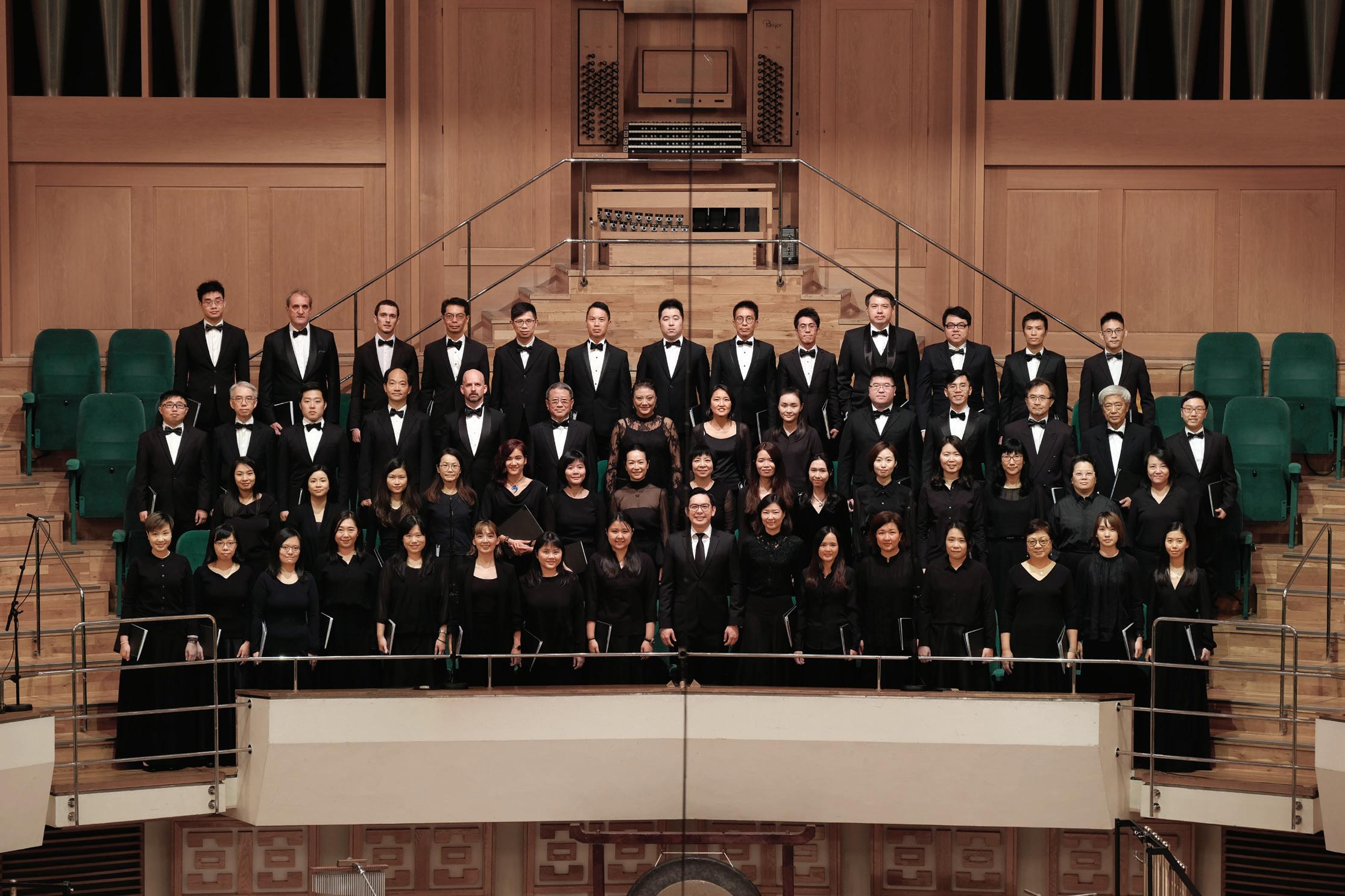
11
12
Patrick Lui, piano & host
Nate Wong, drums
Wong Tak Chung, bass
Paulo Levi, tenor saxophone Hwasung Yoon, trumpet

Tomomi Taniguchi, trombone

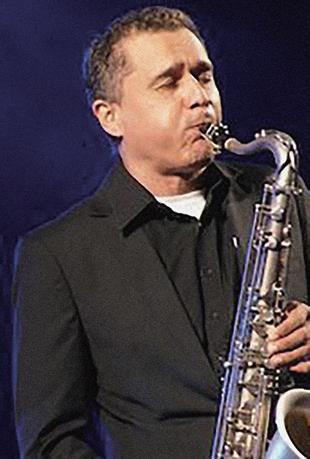
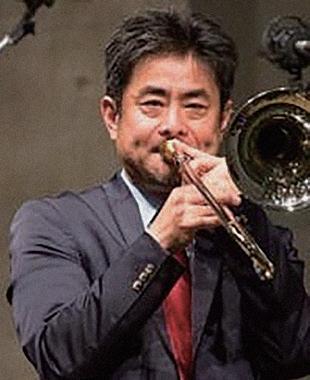
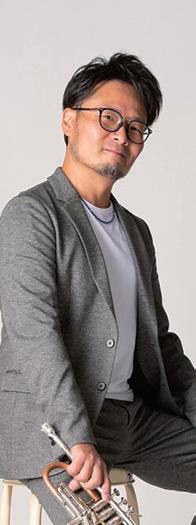
Jazz Pianist Patrick Lui on the ‘Kungfu’ of Improvisation 爵士鋼琴家雷柏熹 談即興功夫
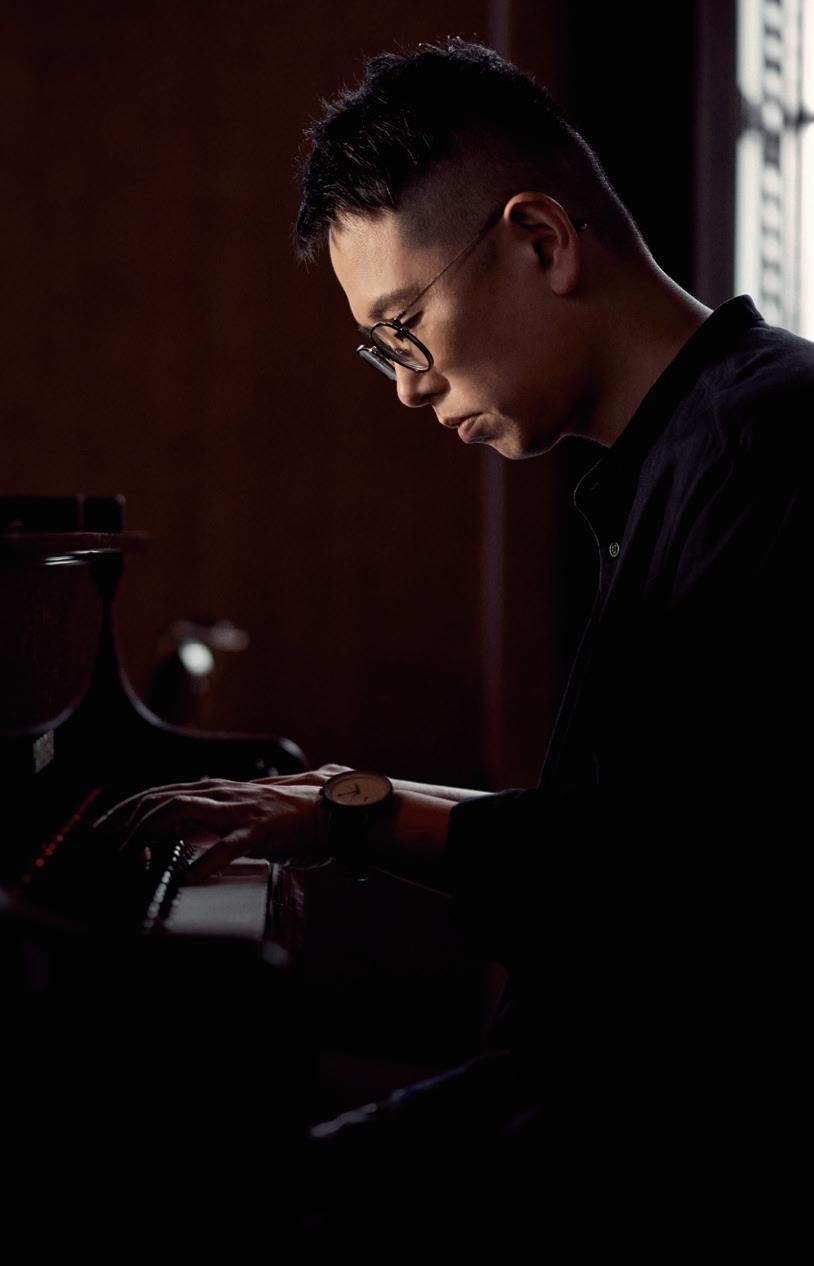

爵士鋼琴家雷柏熹將與一眾好友演 奏改編自李小龍電影的爵士樂組 曲,更特別邀請到武術大師戴志良 及楊永勣,一同分享即興爵士樂與 武術格鬥的箇中玄機。

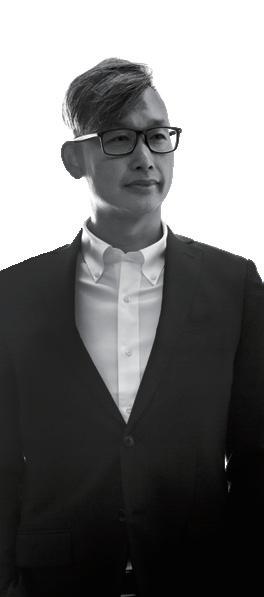

13 SAT 5PM $150 at ART-MATE.NET Package and HKU Student Discounts Available muse.hku.hk HKU
香港大學李兆基會議中心大會堂
Grand Hall
Evan Tai, Silat Jerry Yeung, VingTsun
2024 20 APR Supported by Presented by
興
漫
樂 想
